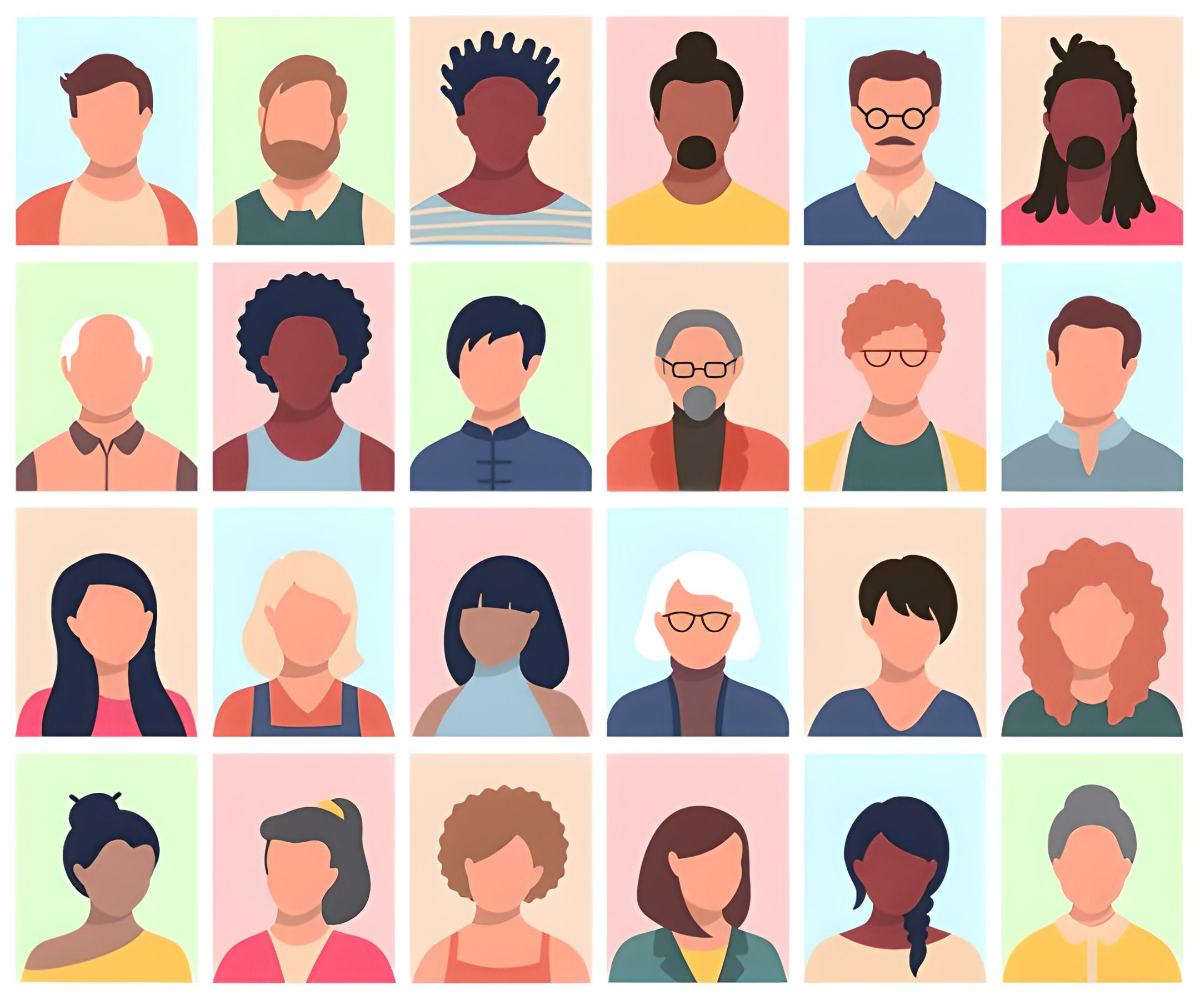The fact that some individuals can remember a person’s face from decades ago is a fascinating phenomenon. An experiment shows that those who are very good at recognizing faces look at a new face in a different way than the average person: They seem to observe people’s facial characteristics as discrete puzzle pieces with less emphasis on the eyes. Because of this, they are able to distinguish even fragments of faces.
In most cases, a quick glimpse is all that’s required. In a few milliseconds, we can tell a friend or family member from a stranger just by looking at their face. Actually, facial recognition has its own section in the human brain. However, not everyone has the same capacity for recalling faces. Some people have trouble remembering people’s faces, even their own, while others, known as “super recognizers,” never forget a face they’ve seen.
How does it work?
But how can super-recognizers remember every single face they’ve ever seen? People who claim to recall everyone they’ve ever met may really only have an above-average visual memory, suggesting that this skill has nothing to do with training or general photographic memory. This indicates that the only areas of the brain responsible for facial recognition are enhanced or maybe function differently in these people compared to “normal” people.
However, the specifics of how visual information is processed during facial recognition remain unknown. The question is, do super-recognizers take in and recall new faces as a whole, like a picture, or break them down into separate aspects for analysis and storage?
A creative face test
Researchers tested the abilities of 34 “super-recognizers” and 26 “regular” participants to see who performed better at remembering faces: Every participant in the study was given a series of random, unfamiliar faces for five seconds and then asked to recall as many details as possible about those individuals. However, they did so while wearing special measurement glasses that, depending on the trial, either revealed the whole face or obscured all but a small percentage of it. Meaning, they had to scan each portion of their face separately.
This not only gave insight into the specific visual information being processed by the individuals but also into the particular locations to which their gaze was being directed. This is due to the fact that participants in the face identification test also wore glasses, limiting their peripheral vision.
Super-recognizers look at people’s faces differently
The super-recognizers outperformed the comparison participants across the board, even though they had a recognition threshold of just 12% of the face. The research indicates that super-recognizers were able to more accurately reconstruct an individual’s face from a series of pieces displayed sequentially during the test. Therefore, this contradicts the hypothesis that super-recognizers form an overall impression of a face and preserve it as such.
Concurrently, the face experiment demonstrated that super-recognizers scan a face differently than people with ordinary facial recognition, with their attention being less concentrated on the eye region and instead scanning other aspects of the face more intensely than usual. Super-recognizers seem to have gathered information more effectively than average observers, based on the quantity and dispersion of their fixations.
Some numeric distinctions
The study researcher, James Dunn, and his colleagues claim that their trials show that the face recognition skill of super-recognizers is actually numerically, but not qualitatively, different from “regular” face recognition.
That’s because, much like every other human being, their brains evidently don’t take a static picture of a face but rather remember its defining traits. However, they have the benefit of being able to swiftly and reliably piece together visual information from disparate sources.
Interestingly, the more exceptional the face recognizers are, the more their scanning times diverge from those of “regular” individuals in the test. However, the study notes that very comparable anomalies are also discovered in patients who are “face blind.” Prosopagnosic people tend to look about rather than directly at their counterparts, which may be an indicator of the condition.
The findings of this study can be utilized to help people with below-average face recognition skills to have superior visual scanning while also contributing to the already superior performance of super-recognizers.


